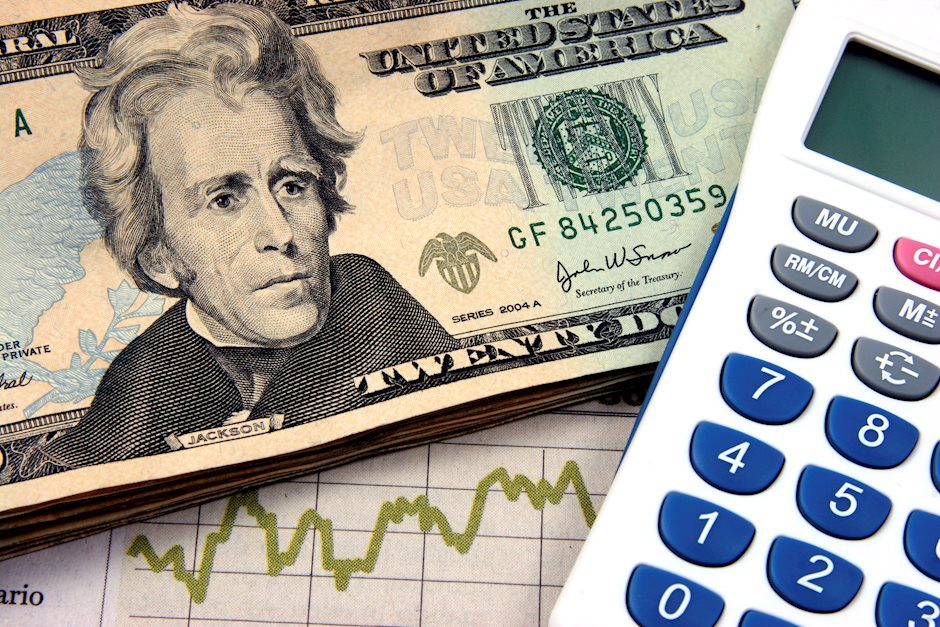US Dollar recovered some ground after Jerome Powell's words
- US Dollar Index declines toward 106.10 on Wednesday.
- Soft services data seems to be pushing the USD lower.
- Jerome Powell didn't give any fresh insights on the Fed's stance.

The US Dollar Index (DXY), which measures the value of the USD against a basket of currencies, declined toward 106.10 on Wednesday amidst slight profit-taking after steep rallies against many major G20 currencies this week.
Profit taking and soft ISM PMIs seem to be the reasons for the USD weakness. During the American session, Jerome Powell stressed that the US economy remains strong and that the next Federal Reserve's (Fed) will remain data dependant.
Daily digest market movers: US Dollar continues soft after Powell's words, ISM PMIs weigth
- The ISM Services PMI fell to 52.1 in November, a decline of 3.9 points compared to the previous month.
- The PMI reading missed market expectations of 55.5 and marked a significant drop from October's level of 56.
- The decline in the Services PMI suggests a slowdown in the growth of the US services sector.
- Jerome Powell emphasized the Federal Reserve's independence, which is supported by both political parties to ensure decisions benefit all Americans, not political interests.
- He noted the US economy is strong, with low unemployment and progress on inflation, allowing for cautious moves toward neutral rates without harming the labor market.
- Powell highlighted that transparency has improved policymaking and expects stable institutional relationships with the Treasury under new leadership.
- He also acknowledged that lower survey responses might increase labor market data volatility but reaffirmed the Fed’s focus on balancing inflation control with economic stability.
DXY technical outlook: DXY tests the 20-day SMA, break below could worsen short-term outlook
The US Dollar Index is facing a potential turning point as it approaches the 20-day Simple Moving Average (SMA). A break below this key level could worsen the short-term outlook for the index, as it has recently lost some momentum.
Technical indicators are sending mixed signals, with the Relative Strength Index (RSI) remaining in bullish territory but the Moving Average Convergence Divergence (MACD) showing red bars. Resistance levels at 107.00 and 108.00 may pose challenges, while support is expected at 106.00-106.50. Overall, while the DXY is facing some headwinds, the bullish trend remains strong.
Fed FAQs
Monetary policy in the US is shaped by the Federal Reserve (Fed). The Fed has two mandates: to achieve price stability and foster full employment. Its primary tool to achieve these goals is by adjusting interest rates. When prices are rising too quickly and inflation is above the Fed’s 2% target, it raises interest rates, increasing borrowing costs throughout the economy. This results in a stronger US Dollar (USD) as it makes the US a more attractive place for international investors to park their money. When inflation falls below 2% or the Unemployment Rate is too high, the Fed may lower interest rates to encourage borrowing, which weighs on the Greenback.
The Federal Reserve (Fed) holds eight policy meetings a year, where the Federal Open Market Committee (FOMC) assesses economic conditions and makes monetary policy decisions. The FOMC is attended by twelve Fed officials – the seven members of the Board of Governors, the president of the Federal Reserve Bank of New York, and four of the remaining eleven regional Reserve Bank presidents, who serve one-year terms on a rotating basis.
In extreme situations, the Federal Reserve may resort to a policy named Quantitative Easing (QE). QE is the process by which the Fed substantially increases the flow of credit in a stuck financial system. It is a non-standard policy measure used during crises or when inflation is extremely low. It was the Fed’s weapon of choice during the Great Financial Crisis in 2008. It involves the Fed printing more Dollars and using them to buy high grade bonds from financial institutions. QE usually weakens the US Dollar.
Quantitative tightening (QT) is the reverse process of QE, whereby the Federal Reserve stops buying bonds from financial institutions and does not reinvest the principal from the bonds it holds maturing, to purchase new bonds. It is usually positive for the value of the US Dollar.
Author

Patricio Martín
FXStreet
Patricio is an economist from Argentina passionate about global finance and understanding the daily movements of the markets.

















